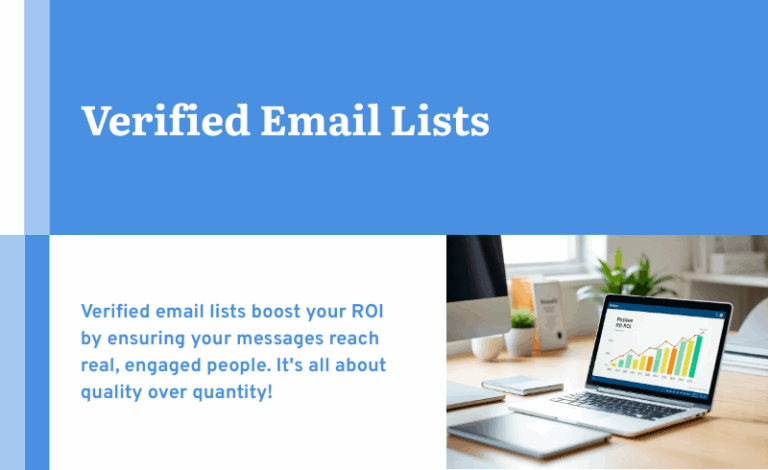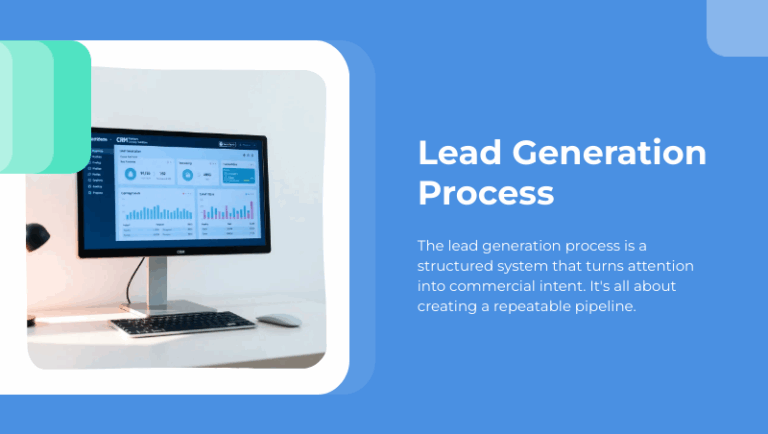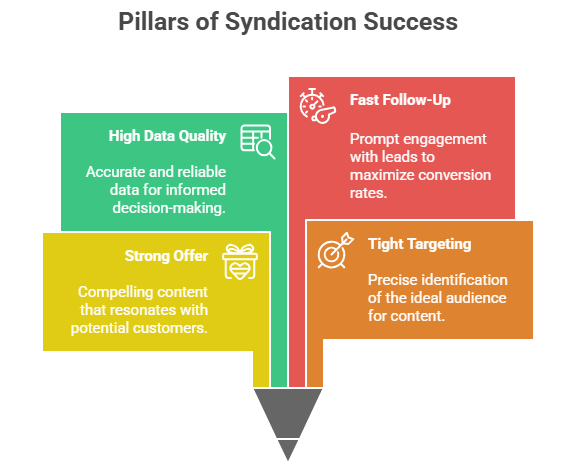
Most social media platforms are free to use, but there’s a reason for their generosity: The data users supply is valuable in its own right. By using Twitter, Facebook, LinkedIn, and other social media channels, participants create a behavioral mind-map that gives marketers deep insight into their leads.
Psychographic data includes all the behavioral information gathered on prospects along with the contextual perspectives that complete a customer’s file in the database. Services that use MARKETING AI® to combine demographic, firmographic, and psychographic data for a more nuanced picture of individual leads is the future of database marketing.
Demographics vs. Psychographics
Thinking of information in terms of the journalistic “W’s” is a good way to visualize the differences in data types. Demographic data – along with its close cousin, firmographic data – gives you the “who,” “what,” “when,” and “where” information about leads. Location, job title, income-level, education level, firm size, and sales history are some useful demographic and firmographic details to know about your prospects.
Psychographic data overlays these fundamental facts with a sense of the “why” and “how” of leads’ decision-making. For example, you might learn about leads’ specific interests from tracking their site usage and downloads over time. If they linger on blog posts about database management and download a white paper on the topic, it’s a safe bet that they feel the solution to their most pressing problem lies there.
What Psychographics Can Teach You
B2B business still relies on person-to-person connections. The better you understand your leads, the more capable you are of meeting their needs both before and after a sale. Conventional marketing software can give you simple feedback of which channels a given lead uses to access email, but MARKETING AI technology puts that knowledge into context.
For example, if you know your prospect reads email in the morning on a mobile device and opens afternoon mail from an IP address associated with the office, that’s only part of the story. Marketing automation can also tell you details about which email reading session produced clicks, where the lead visited afterward, and whether these choices are correlated with buying signals based on aggregate psychographic data from historic models.
Exceeding Expectations with Psychographic Data
Customers are increasingly used to a tailor-made user experience based on psychographic profiles. You see it in action yourself every time you visit Amazon and see a splash page with your favorite author’s latest book on it or go to a news site and get served ads that relate to recent shopping searches. In a B2B context, it’s just as important to anticipate what customers might want to see and deliver contextually relevant messages to them. With psychographic data in your database, you’re able to anticipate what your leads need before they get there, mapping out what’s just beyond the horizon during their buying journey.
With this kind of power to create the ultimate relevant user experience, you can imagine how an untargeted email blast comes across. How much do you think leads will be motivated or impressed by a cold-call approach from the competition when they’re getting email messages from you that seem to anticipate their needs even before they know what their next steps should be?
Database services that put you on the winning side of that equation are important now because they’re where marketing is headed.
© Reach Marketing LLC 2017 All Rights Reserved.



